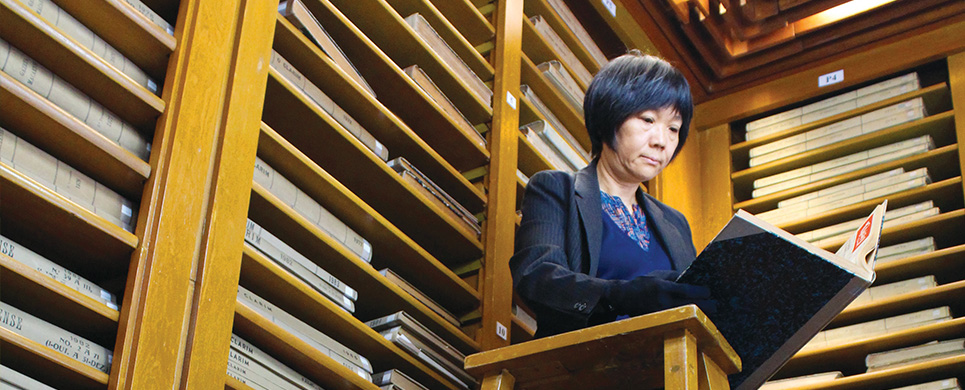Lee Shuk Yee (Stella) is a researcher of rare books in foreign languages in Macao Central Library situated in the IACM Building Library, where is walled by antique book shells well-stocked with rare books and journals. In her office of this building lays a treasury of rare books in foreign languages, books of Chinese studies and historical literature of the Portuguese in Africa and the Far East, dating from the 17th Century to the mid-20th Century. In addition to this, there is a collection of Portuguese journals starting from the 19th century to the beginning of the 20th century.
Stella Lee received her doctoral degree in literature and art from Jinan University, Guangzhou, being proficient in several languages such as Chinese, English, French and Portuguese. Stella cherishes these ancient collections, and whenever she reads these books she will first wear dustproof gloves and read them with great care. For her, these old journals are witnesses to the glorious period of Macao’s metal movable-type printing.
Traditional movable type involved printing blocks with characters or images shown in reverse. When printing, the elevated characters or images on the printing block would have some ink spread on them which would be printed onto the objects under pressure. After Chinese ‘movable-type printing’ spread to Europe, Johannes Gutenberg renovated it to ‘metal movable-type printing’.
Macanese Contribution
Italian Jesuit Alessandro Valignano printed the first Latin book on Christian education titled Christiani Pueri Institutio in 1588 in Macao, and it was not until the early 19th Century when the Anglo-Scottish evangelist Robert Morrison came to China that Macao’s printing industry achieved prosperity, in which the Macanese made an enormous contribution.
During his employment by the British East India Company, Robert Morrison needed to employ some Chinese to carve Chinese characters for his dictionaries. However, the company had to avoid the China government’s frequent arrest of Chinese printing workmen and Morrison could only employ Portuguese workmen. “Canton Consultations in 1816 to 1817 mentioned that the press began to hire a Macanese named G. J. Steyn to learn engraving type, and later Morrison employed more Portuguese to assist in printing”, said Stella.
A Abelha da China, a Portuguese weekly journal debuting in 1822, is the earliest of the newspaper collections in the IACM Building Library, and also the first foreign journal published by foreigners in China. Stella said, “People think A Abelha da China was a privately owned newspaper but that’s not true. According to the practice of newspaper press at that time, printing houses would print their names at the bottom right corner on the last page. A Abelha da China was marked ‘Na Typographia do Governo’, which means ‘Printed at the Government Printery’, thus its content was mainly information about government notices and decrees, like the gazettes in modern times.”
Macanese Printing Houses
On one hand, the Macanese managed the British East India Company’s Press, on the other hand, through the relationship of intermarriage some Macanese promoted the movable type printing technology and opened a number of printing houses. Since the political environment in Portugal was unstable in those times and sometimes printing in Macao was clamped down, the printing business of the Macanese roamed through Macao, Guangzhou and Hong Kong, spreading the technology of movable type printing beyond Macao.
Macanese Nicolau Tolentino Fernando established the printing company Tipografia Mercantil in 1855, which did not only print official publications for the Macao Government but also print the Chinese and the Portuguese versions of Echo Macaense. Then, the press would distribute them to important coastal provinces and cities of China, Hong Kong, Singapore, San Francisco and so forth. Another Macanese, Delfino Noronha, and his family had a close collaboration with the British Government and businessmen, with his printing house Noronha & Co. operating in Hong Kong, Shanghai and Singapore. Macao’s distinguished Portuguese historian José Pedro Braga was just the grandson of Delfino Noronha.
Today, traces of the ever prosperous Macao printing industry can still be seen everywhere inside the IACM Building Library.
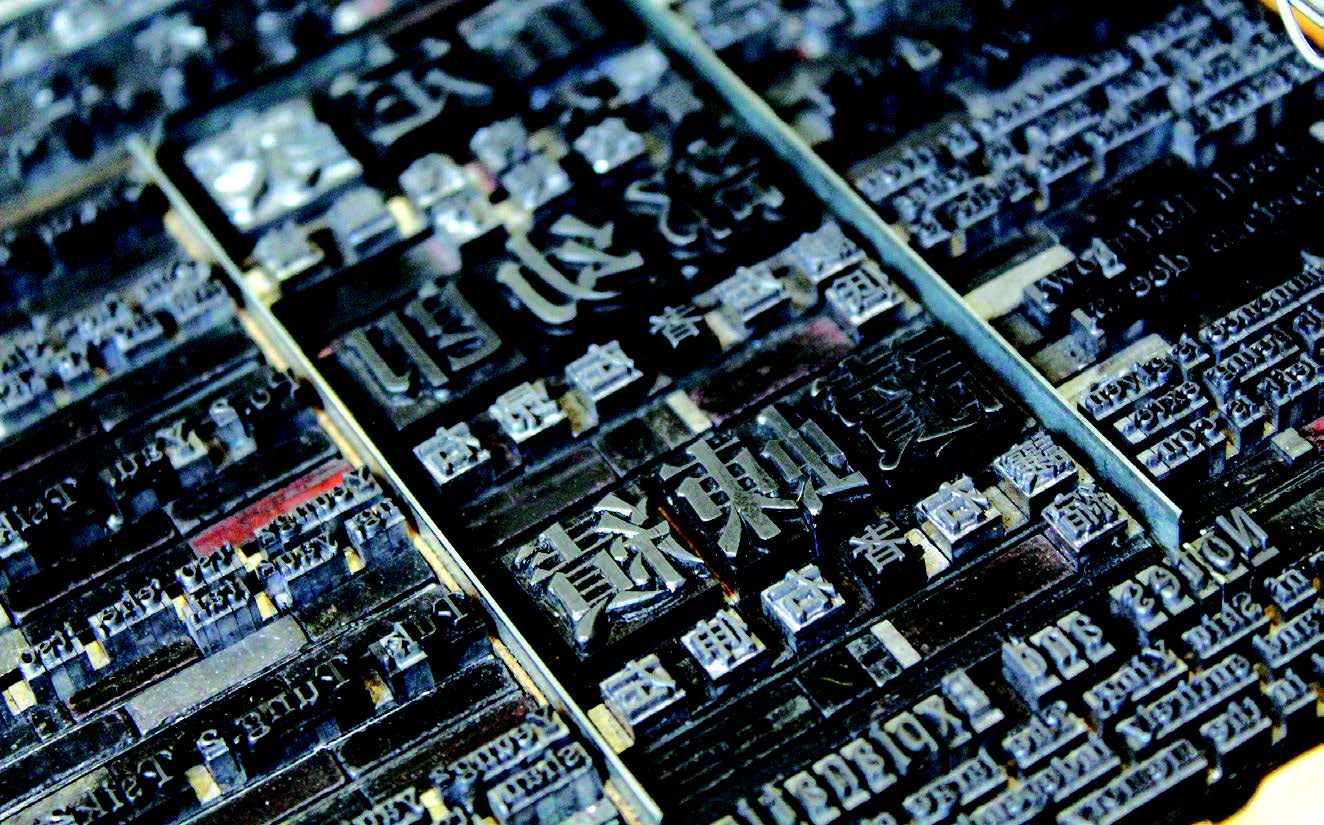
// An arranged printing plate.
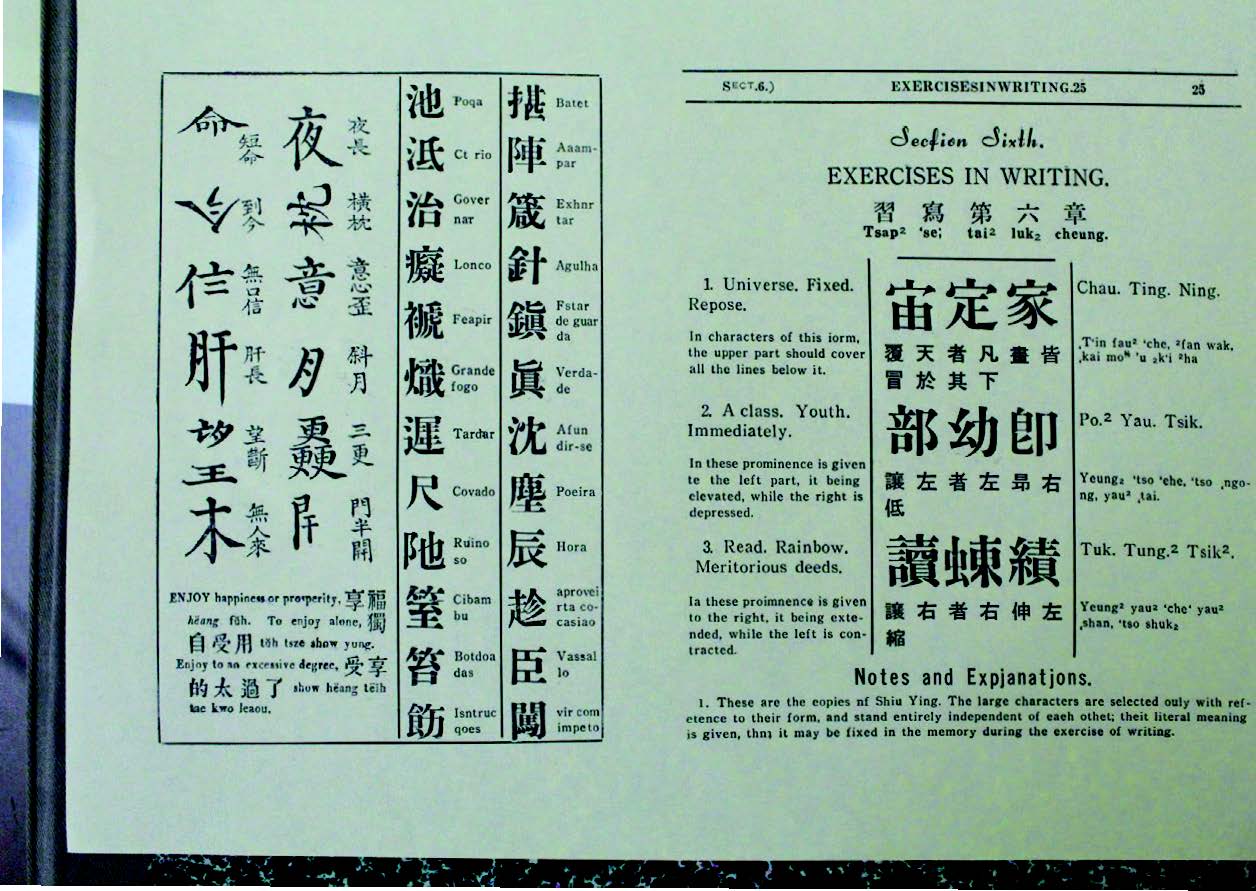
// A letterpress printing in Chinese, English and Portuguese.
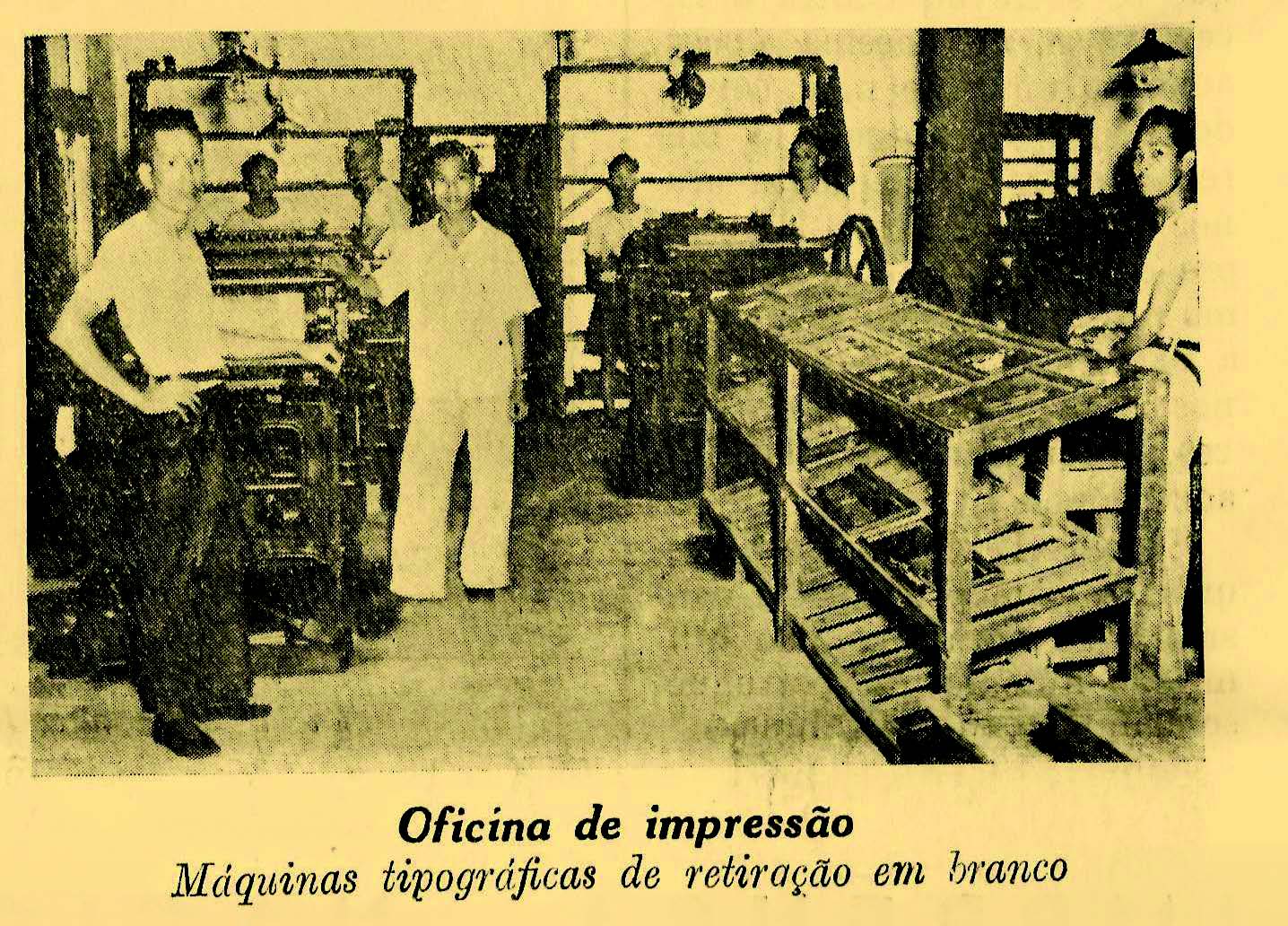
// Printing room of Macau Printing Bureau in the 1950s.
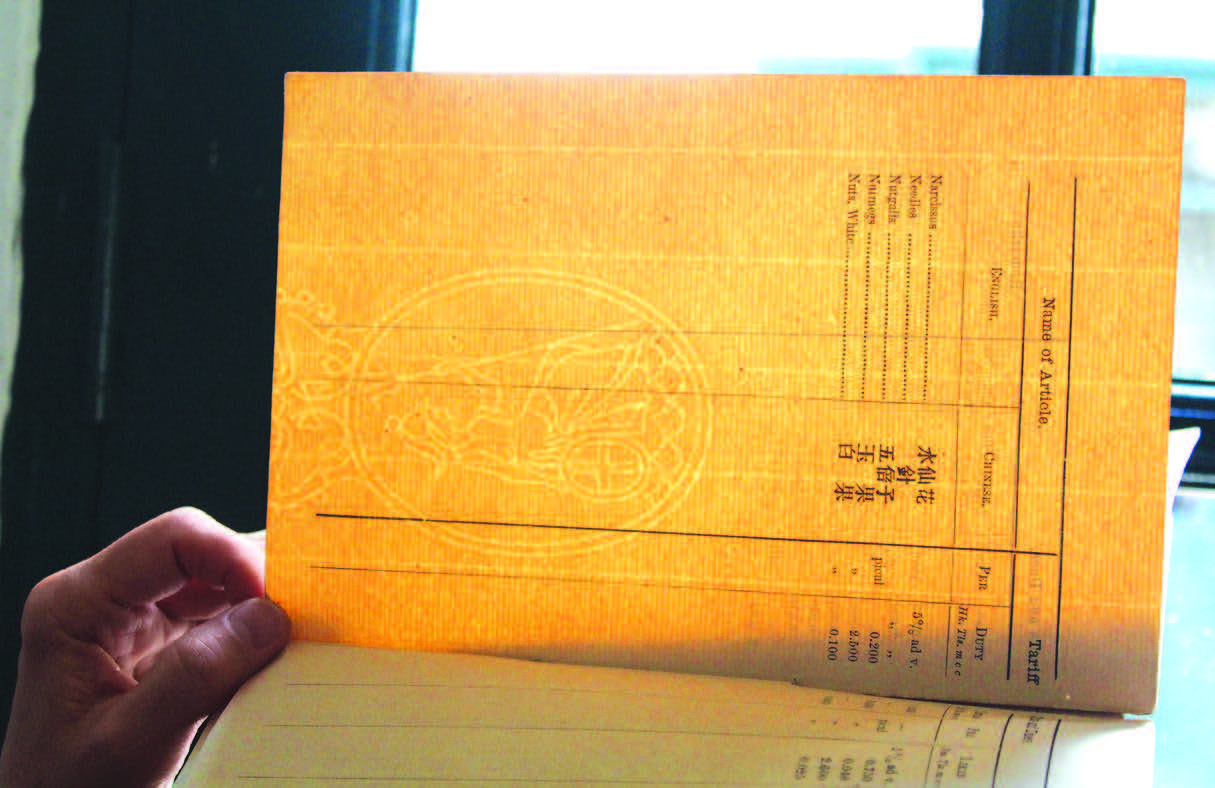
//A 20th Century printed matter revealing the watermark of the paper manufacturer under sunlight.
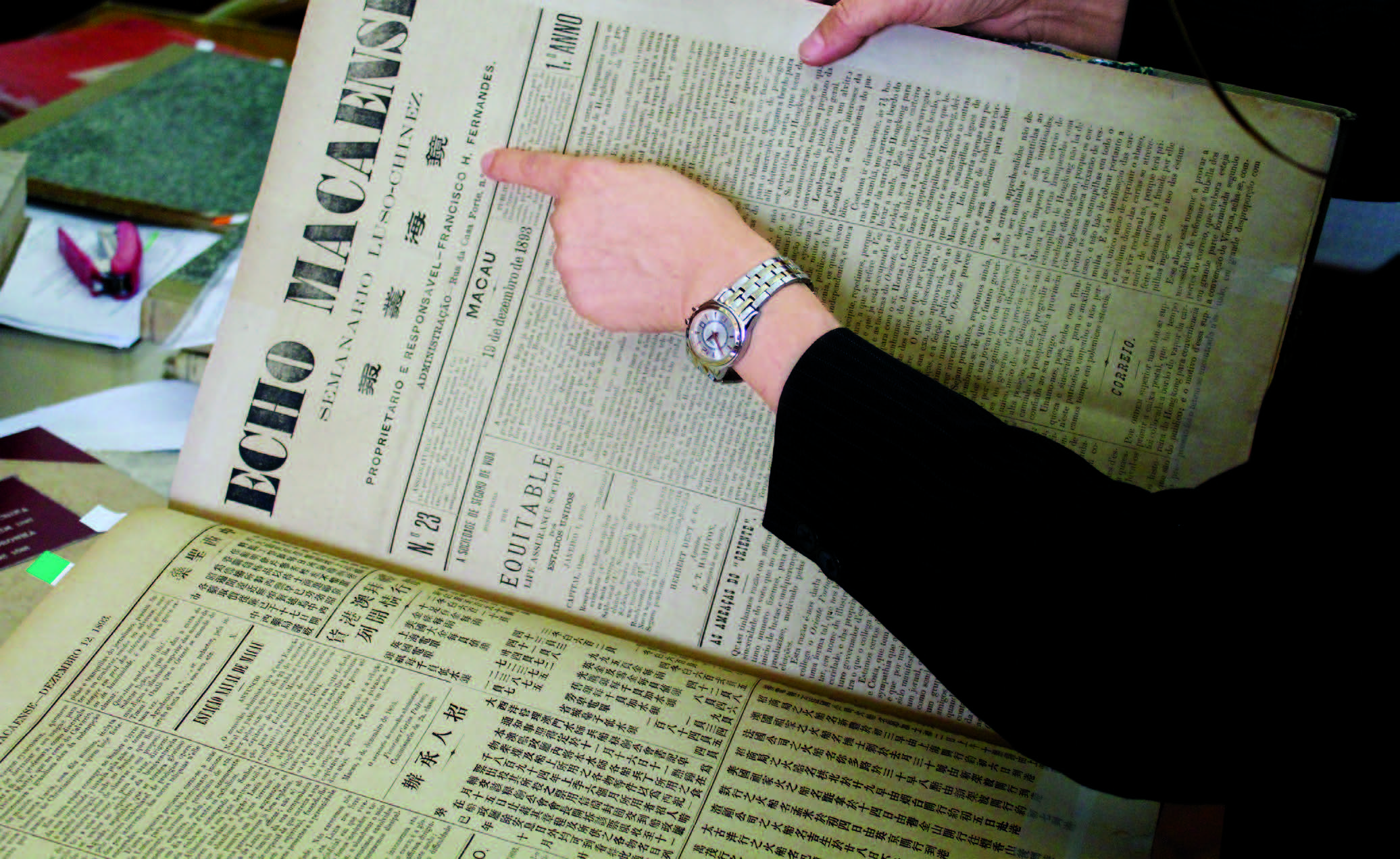
// Echo Macaense, the first Chinese-Portuguese bilingual newspaper printed in Macao.
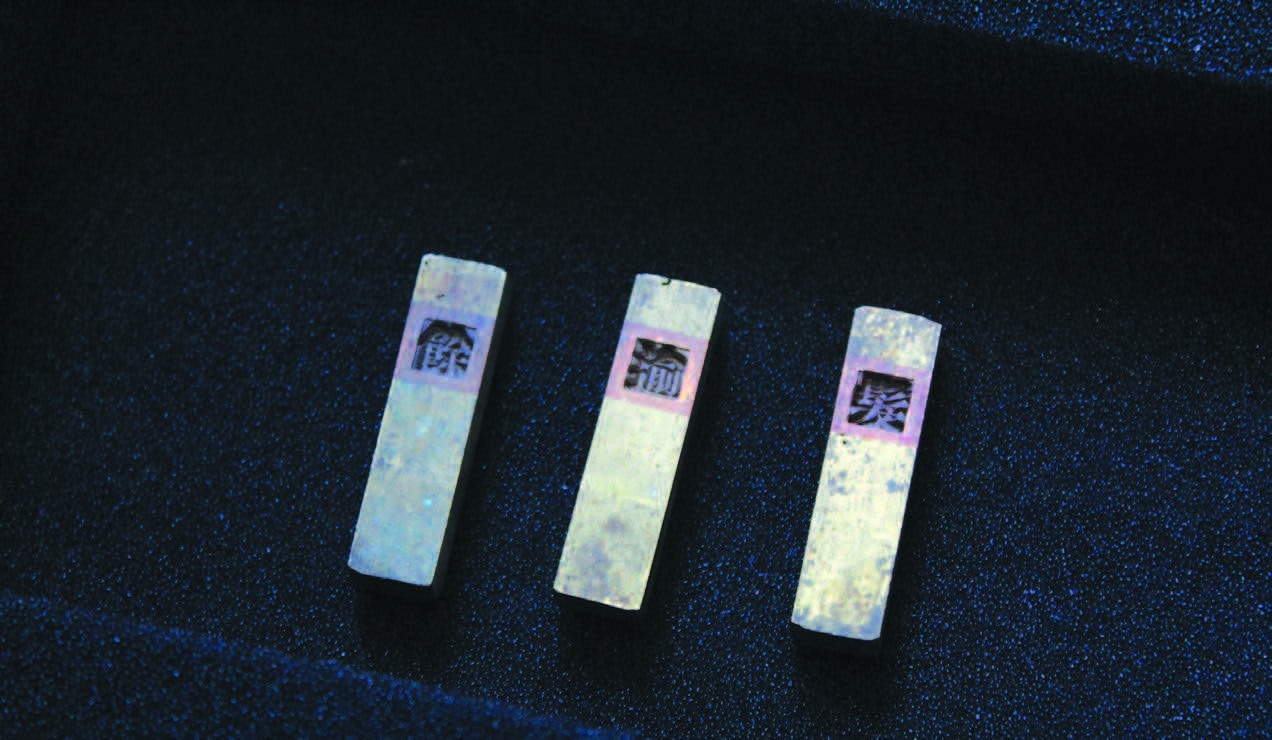
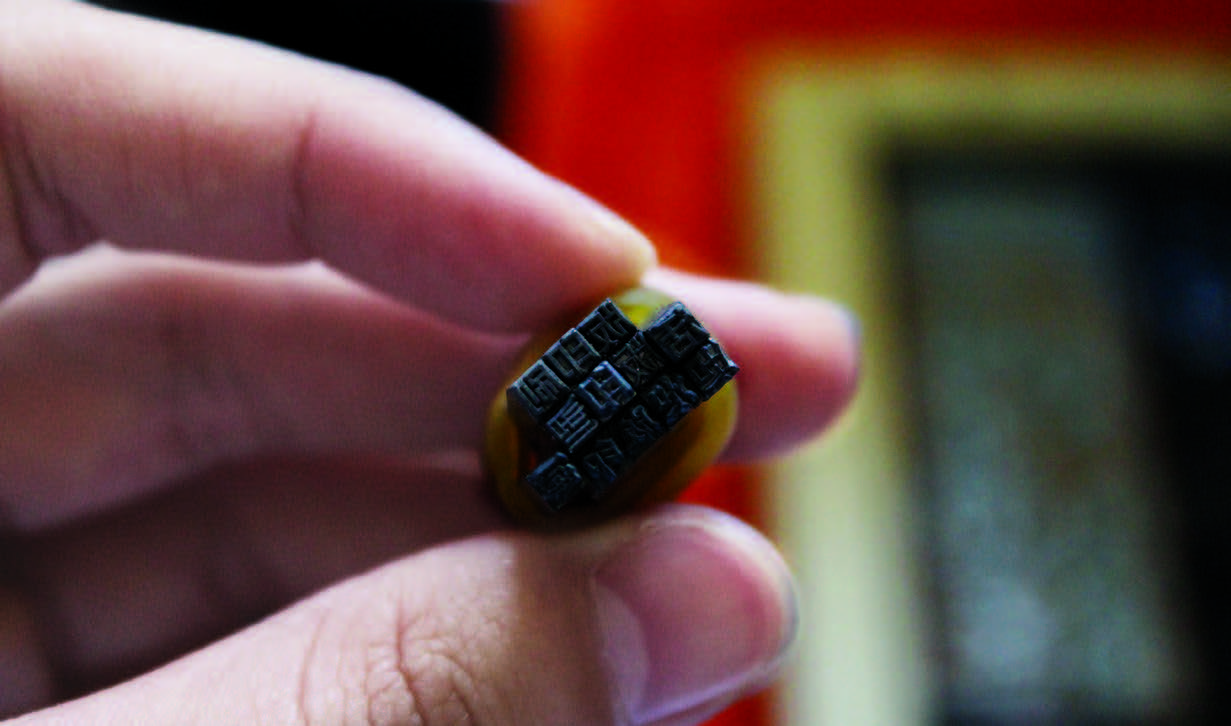
// Have to make a copper matrix (left) before casting a lead type (right).

